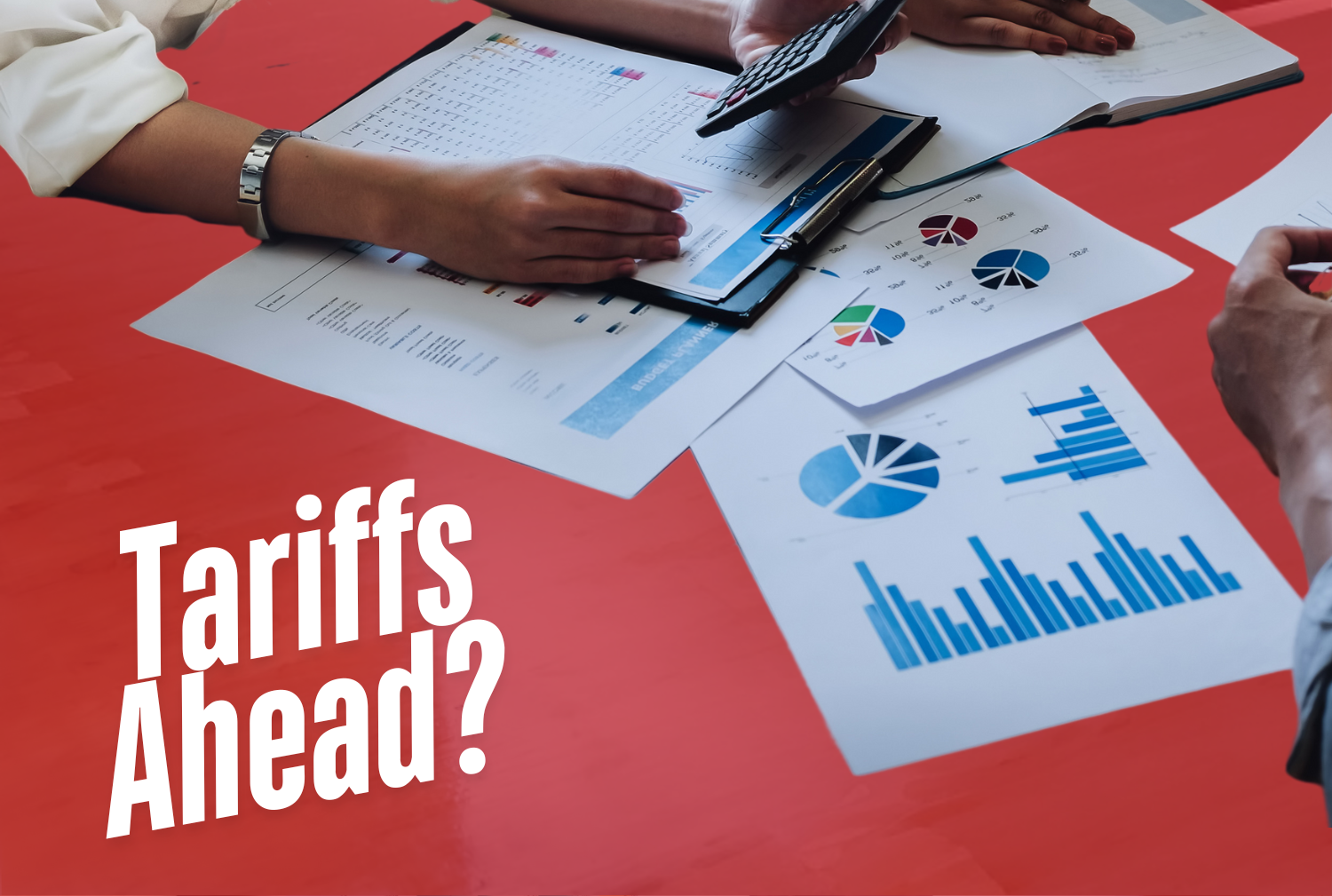In my last post, recognizing that things are likely to be very dynamic, I outlined our current recommended approach for how organizations can address the current tariff situation as part of their capital planning process. Today, I wanted to look at it from a stakeholder management perspective.
Most of the individuals that are setting our capital renewal budgets tend to be non-facilities professionals and therefore don’t have the same deep domain knowledge as those of us that live in that world. Making sure that those stakeholders have a clear picture of our plans and the impacts they will have on our Deferred Capital Renewal and Maintenance (DCRM) Backlog and our Facility Condition Index (FCI) is critical.
Given the uncertain environment of tariffs and the unknown impacts that they are going to have on project costs (other than they are likely to go up by some amount), we need to make sure that we adjust and manage our stakeholders’ expectations on the impacts of funding over the next few years.
Given that tariff impacts are not likely baked into your estimated project costs (typically from your Facility Condition Assessments (FCAs), you will need to account for the expected/forecasted cost increases in your capital plans (see last week’s post for a couple of ways to do that). When you allocate funds for tariff impacts, you decrease the amount of Deferred Capital Renewal and Maintenance (DCRM) that your budget can cover.
The impact is essentially the same as when you do any upgrades within your facilities. The difference between the base cost (replace-in-kind) and the upgrade will not reduce your DCRM since it was not included in the first place. The difference here is that you get the benefit of the upgrade instead of just paying a tariff.
Let’s just do a simple tariff example for clarity
Example #1 – No Tariffs
DCRM $10,000,0000
1-Year Capital Budget $ 2,000,0000
Capital Projects Planned $ 2,000,0000
Post Project DRCM $ 8,000,0000
Example #2 – Planned/Actual Tariff Impact
DCRM $10,000,0000
1-Year Capital Budget $ 2,000,0000
Capital Projects Planned $ 1,700,000
Tariff Impact Set Aside $ 300,000
Post Project DCRM $ 8,300,000
As you can see, the impact of the tariffs resulted in a lower reduction in DCRM. Basically, you want to discount the impact by the forecasted impact of the tariffs. While this may seem to be mundane, I have seen clients get called to task when their stakeholders expected a certain reduction in DCRM that was unexpectedly not achieved.
As long as the tariffs are around, your capital renewal dollars are not going to give you the same “bang for the buck” as they did before. To avoid getting you and your team into hot water, your best bet is to ensure that all of your stakeholders are prepared for the impact of the tariffs.
Good luck navigating these uncertain times. I hope that these last two posts give you some means to calm the seas.




